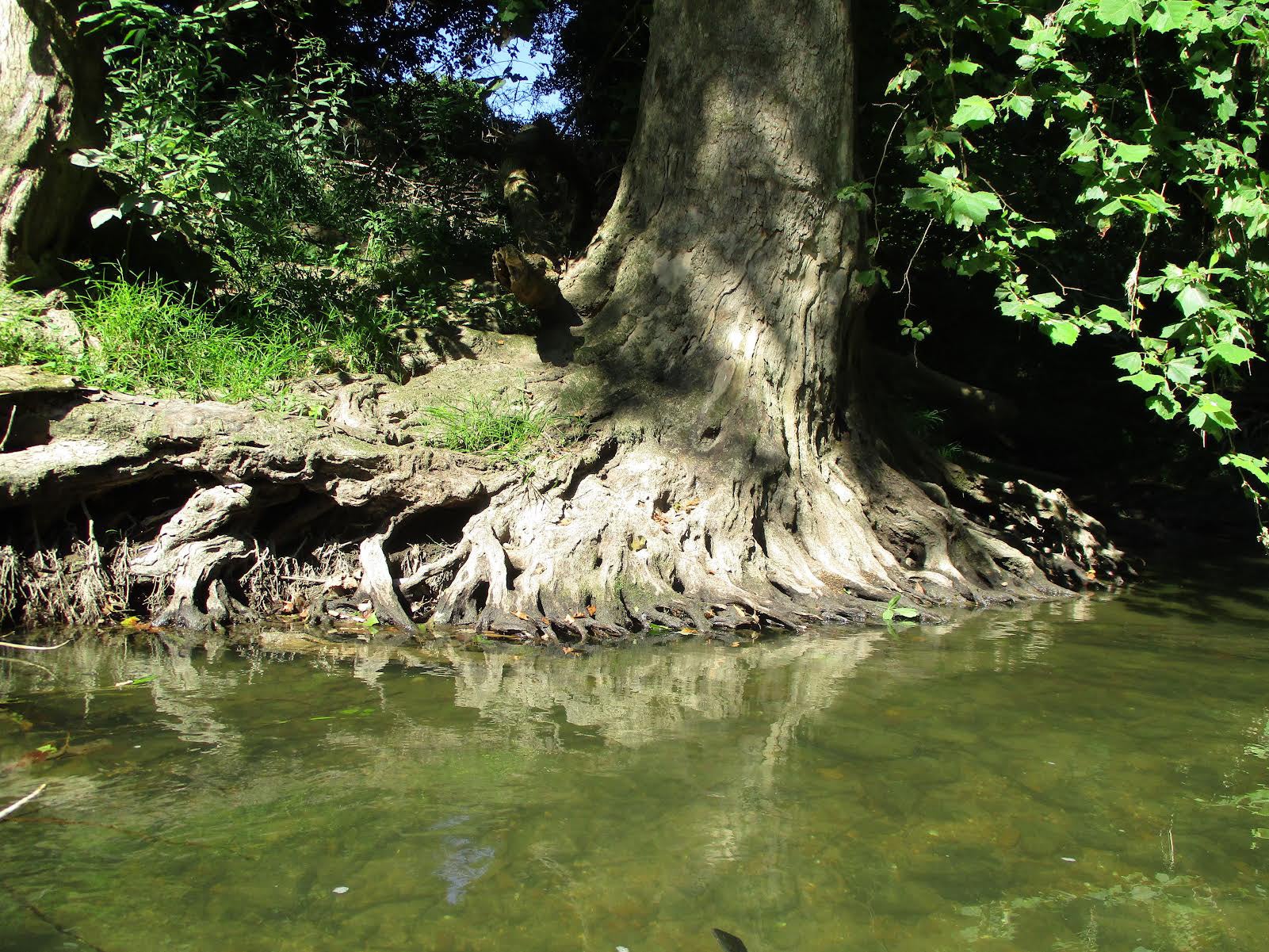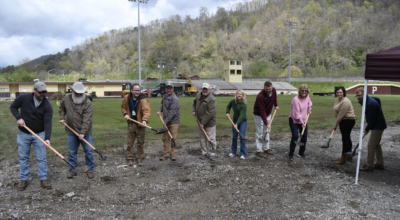Trees are rooted in spirituality
Published 3:02 pm Monday, February 27, 2023

- Experts believe roots provide a means for trees to help and communicate with each other. Photo by Steve Roark
BY STEVE ROARK
Contributing columnist
A pastor friend of mine was developing a sermon about being rooted in spiritual maturity and wanted to know about tree roots and their importance to the tree in order to make some analogies to emphasize his message. It was such a good idea that I thought I would do the same thing here.
In English class you learned that an analogy is saying that something is like something else to make an explanatory point. We humans are visually oriented, so explaining something complex by comparing it to common things that we can visualize helps us not only understand it but remember it. The Bible uses analogies throughout its pages to explain spiritual concepts. The parables of Jesus are prime examples.
So here are some analogies I came up with that compare what roots do for a tree to what we humans should do for each other.
Roots bring in water and nutrients from the soil and send it up into the tree, providing the raw materials the top of the tree needs to function, such as making food and structural material (wood) through the miracle of photosynthesis. We in turn should provide the means for family, friends, church bodies, even strangers, to help them to grow and prosper.
Roots provide stability. A mature tree is massively heavy, and with a spreading crown, top heavy to boot. A large white oak tree like we have in our area can weigh in at 10 tons. Roots must hold all that weight up to the sky so the leaves can do their thing. We humans should bear each other’s burdens and hold others up when needed.
Roots provide a means for trees to actually help each other. Fungi growing in the soil will tap into tree roots and obtain food using hair-like structures called mycorrhiza. They tap into neighboring trees as well and create an underground exchange network of sorts that allows trees to share resources. A larger tree with more food sugar can send some of it to a small, struggling tree through the fungal network. There’s no thinking here, just chemical imbalances that causes sugar to migrate from a higher concentration (the big tree) to a smaller concentration (the smaller tree).
Crazy right? Even more crazy is that trees talk to each other. The tree science folk are still figuring it out, but trees are able to send signals to each other through the fungal network. A tree that is under attack from an insect can send out a chemically based warning to neighboring trees, allowing them to maybe alter the chemistry in their leaves to make themselves less appetizing prior to attack. Again, there is no thought process here, it’s all chemical responses. Still, it’s an astonishingly complex and elegant life process. Blows me away. The life lesson here is that if we have the means, we should help those in need and warn others of trouble.
Steve Roark is a volunteer at Cumberland Gap National Historical Park.






